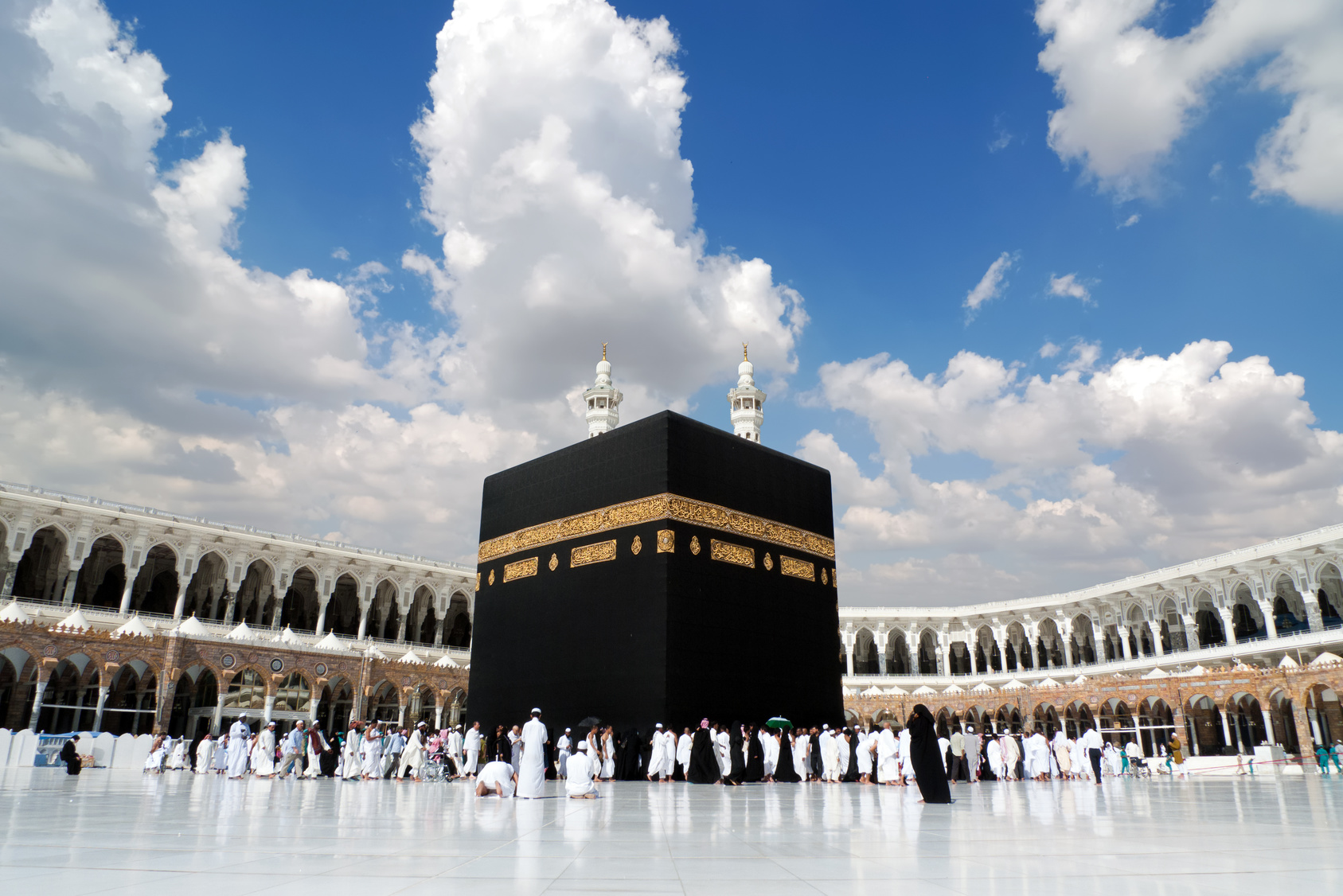What is Hajj? A step-by-step guide to the Muslim pilgrimage in english
Muslim Life Pro App
Download
WhatsApp Group
Join Now
Every year, millions of Muslims from around the world gather annually in Mecca to perform Hajj – the sacred Muslim pilgrimage.
Hajj became obligatory for every able-bodied Muslim...

